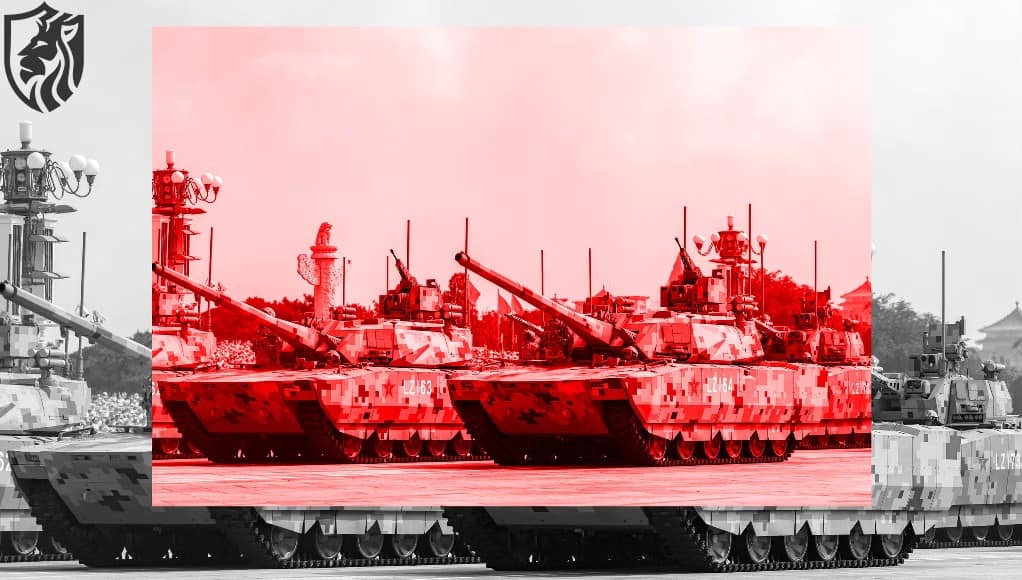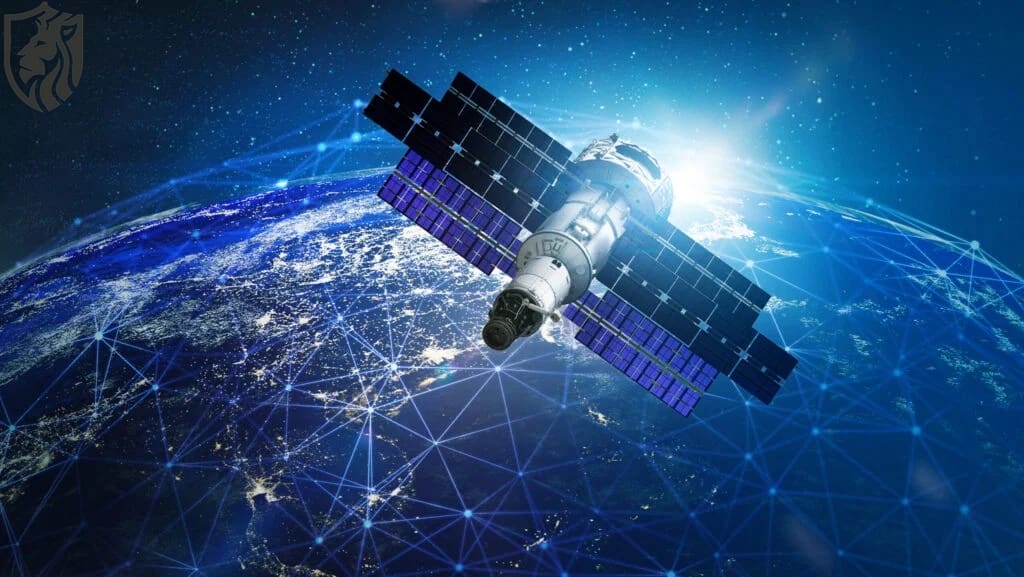
NATO leaders pose for a group photo at the alliance summit in The Hague, Netherlands, on June 25, 2025.

Rutte stated, “All allies understand that we need to step up to stay safe.” “European allies and Canada will assume greater responsibility for our shared security by equalizing their spending.”
Rutte asserted that Trump has unambiguously reaffirmed the United States’ commitment to NATO, underscoring the expectation of increased contributions from Europe and Canada.
He stated that NATO’s Article 5 Mutual Defense Guarantee is “obvious,” but the alliance does not specify what will cause them to refrain from assisting their opponents.
In a news conference before returning to Washington, Trump took a conciliatory tone in an attempt to get kudos for the spending increase.
NATO needs
“I came here thinking it’s something I’m supposed to be doing,” he told me. “Trump stated that the summit sessions had altered his perspective after absorbing specific patriotic remarks from alliance member officials.
“It’s not a rip-off,” he told reporters, temporarily altering his long-held belief that Europeans were taking advantage of the United States. “We’ll help them protect their country.”
Since the 1950s, the United States has urged partners to increase defense spending, and the deal agreed upon in The Hague would strengthen the alliance, according to Rutte. He asserted that NATO needs to reinforce itself against Russia’s threats and China’s “impressive military buildup.”
Rutte said Russia poses both short-term and long-term threats to NATO. Intelligence suggests Moscow could strike the alliance within three to seven years. “The Russia threat is real, and we must be ready to defend ourselves,” he stressed.
Hague Agreement
The Hague agreement addressed Trump’s call for NATO to spend 5% of GDP on defense. The agreement allocates 3.5% for essential defense activities and reserves 1.5% for related support measures. These support measures include infrastructure upgrades, cyber defenses, and other security needs.
“These decisions will greatly strengthen NATO’s ability to deter and defend,” Rutte told reporters. He noted that US spending on basic defense was already at the required level.
America’s investments in infrastructure, cyber, and hybrid threat responses bring its total to roughly 5%. Rutte said Trump was “entirely correct” that Europe and Canada had not contributed enough to the alliance.
In a press conference with Rutte before the vote, Trump called the spending boost “a great victory for everyone.” He added, “We will equalize very soon, and that’s the way it has to be.” We will allocate a significant amount of money towards defense.

Rutte announced the allocation of additional funding for air defenses, ammunition, drones, tanks, and personnel. He stated that NATO needs to increase industrial defense capacity on both sides of the Atlantic, which could create millions of jobs throughout the alliance.
“We need quality and quantity,” the secretary-general stated. “We need to innovate, and we need to act fast.”
Some countries, like Spain and Belgium, have questioned the 3.5% objective, and Rutte stated that Spain believes it can meet NATO capability targets by spending 2.1% of its GDP on defense.
The secretary-general stated that allies will report on how they will meet the capability objectives, and NATO will “anyway have a review of all of this” in 2029.
Conclusion
Spain has continuously remained at or near the bottom of NATO’s military budget, ending last year with an estimated 1.3% of its GDP spent on defense.
In his post-summit news conference, Trump chastised Spain for requesting an exemption to the 5% expenditure limit. He proposed attempting to repay the theoretical budget gap by skewing US commerce with Madrid in Washington’s favor.
According to Rutte, NATO partners have given more than €35 billion ($41 billion) to Ukraine this year to assist the nation in defending itself against Russia’s invasion. He expects overall aid in 2025 to exceed last year’s announced support of more than €50 billion.









